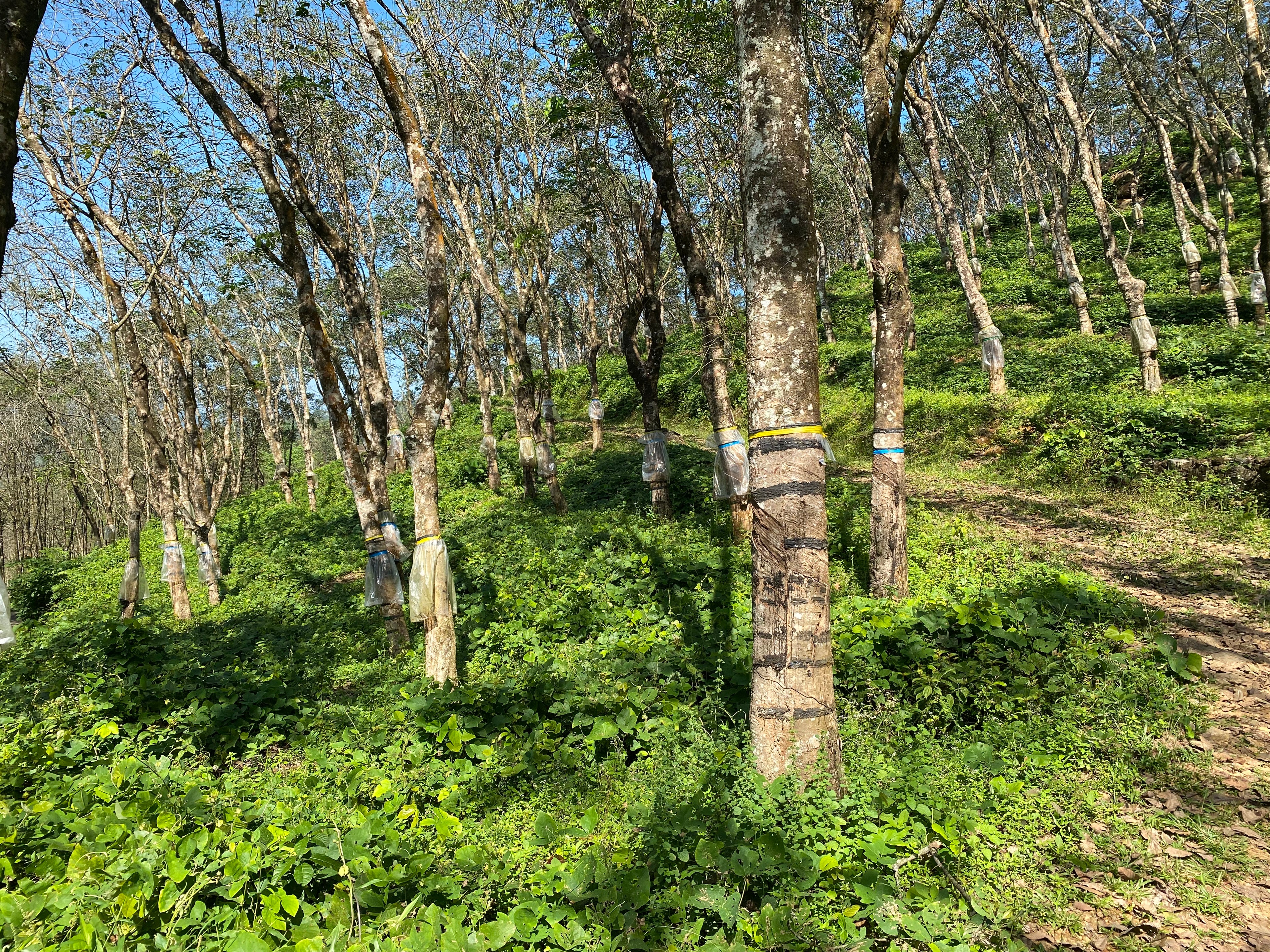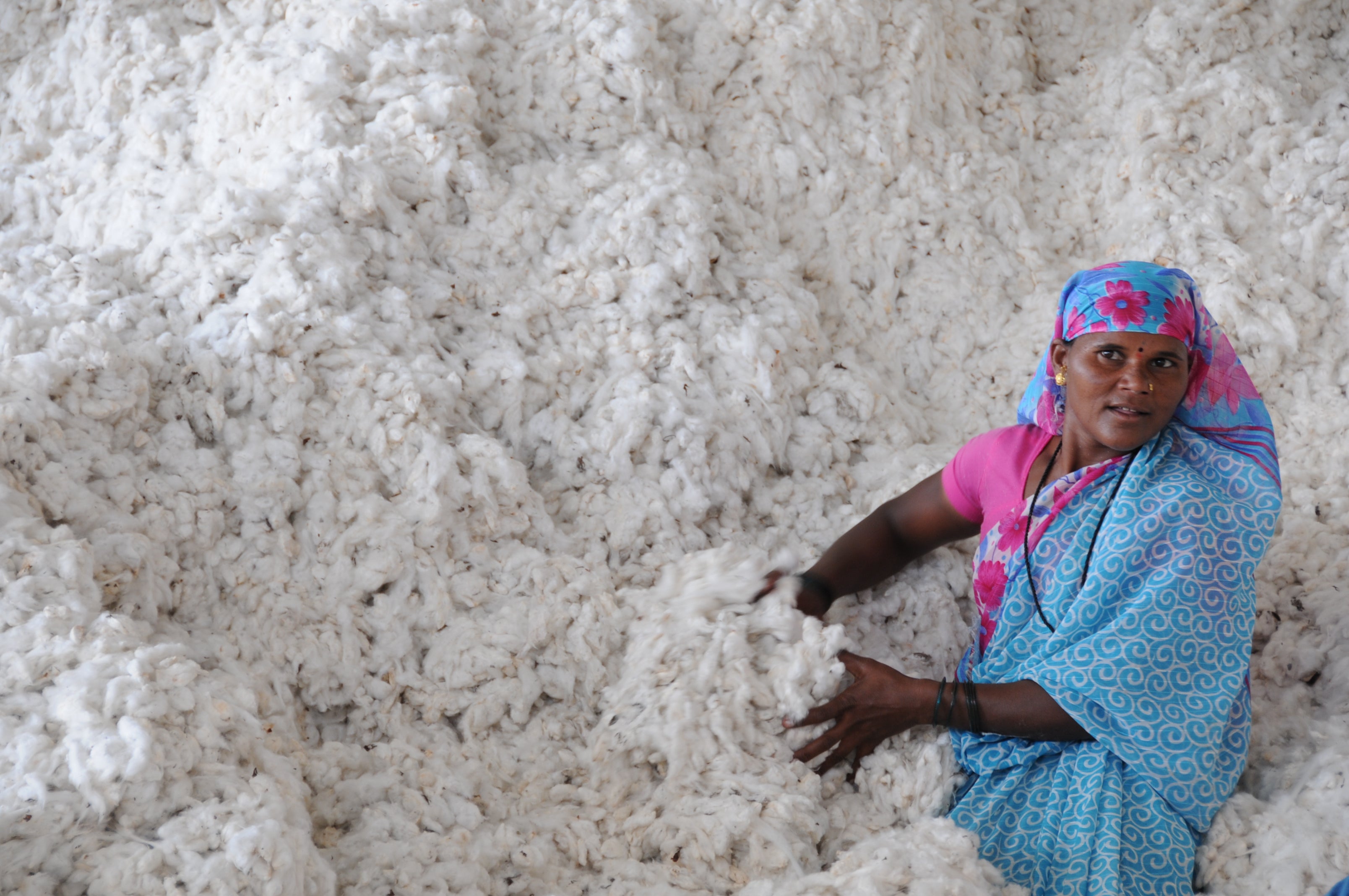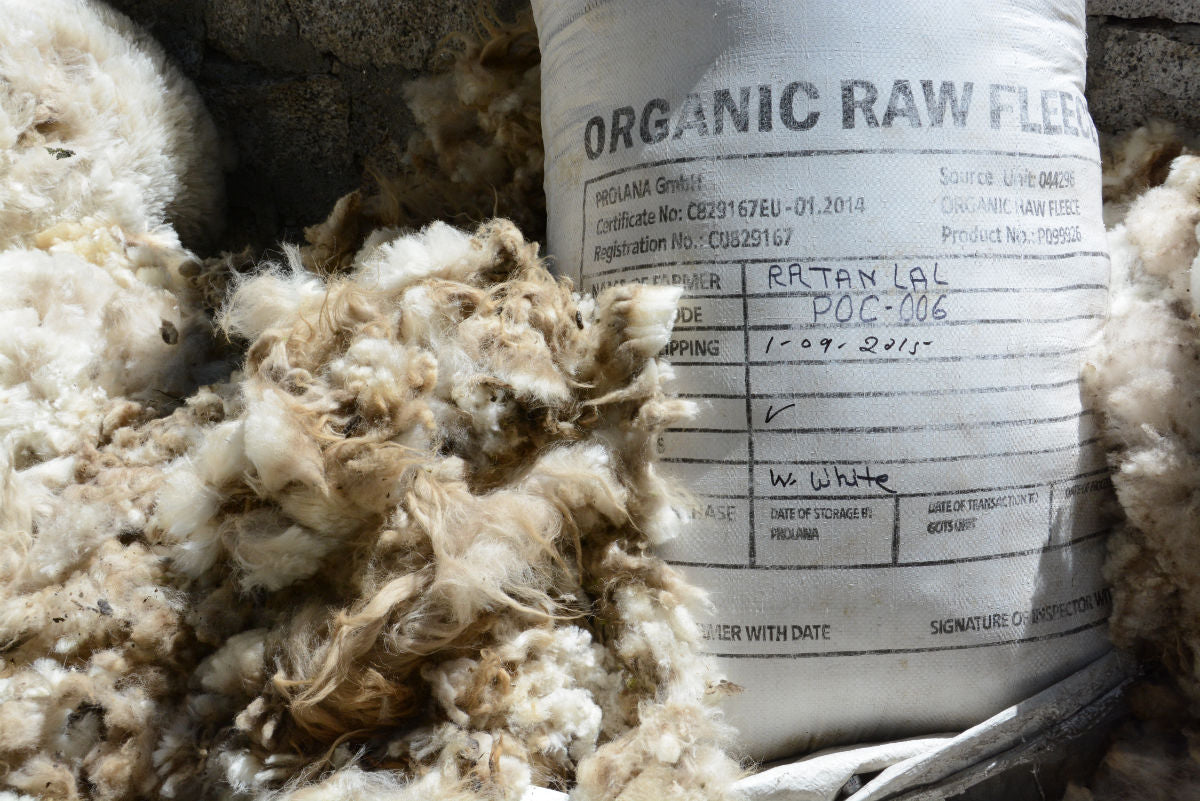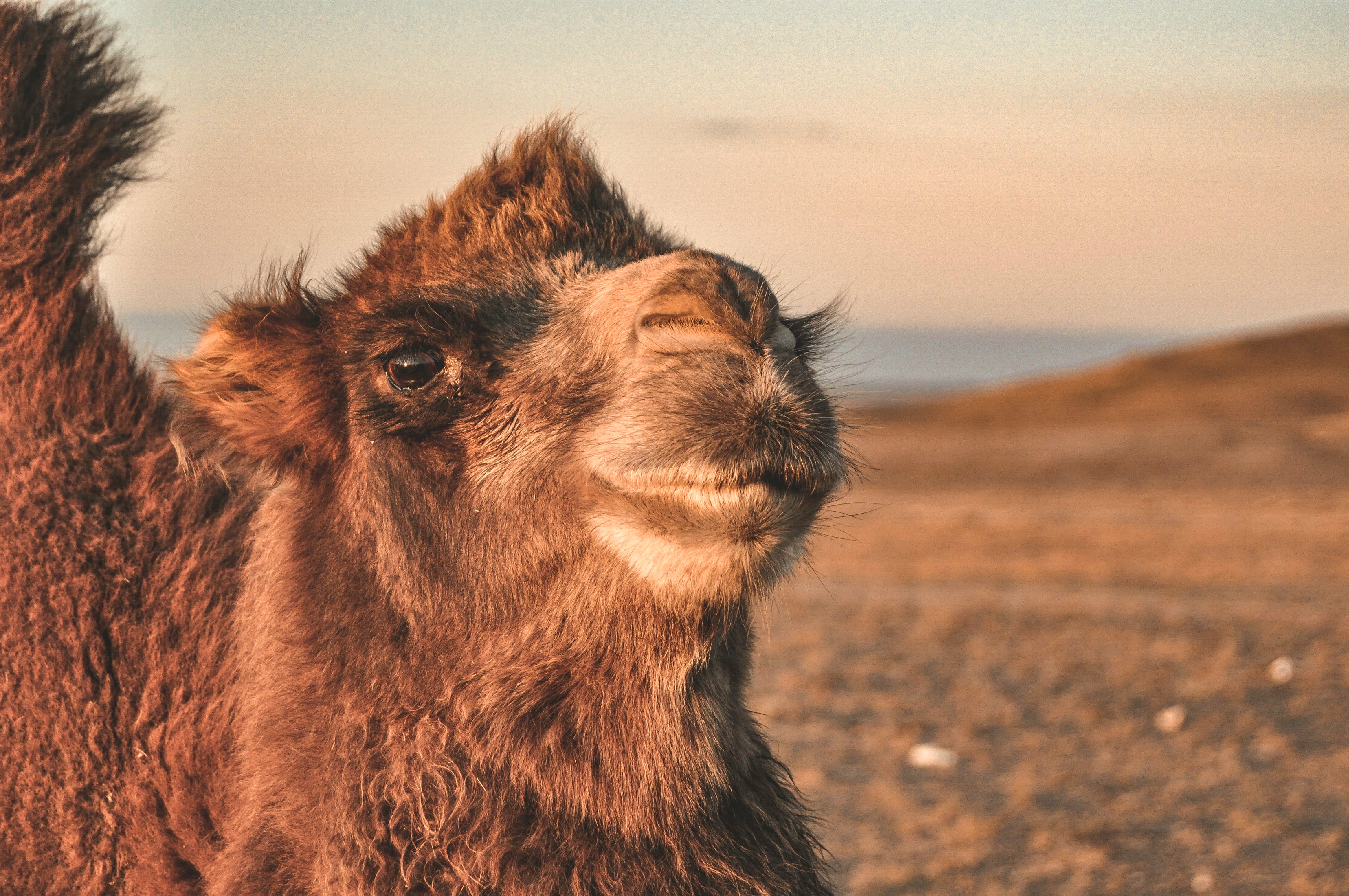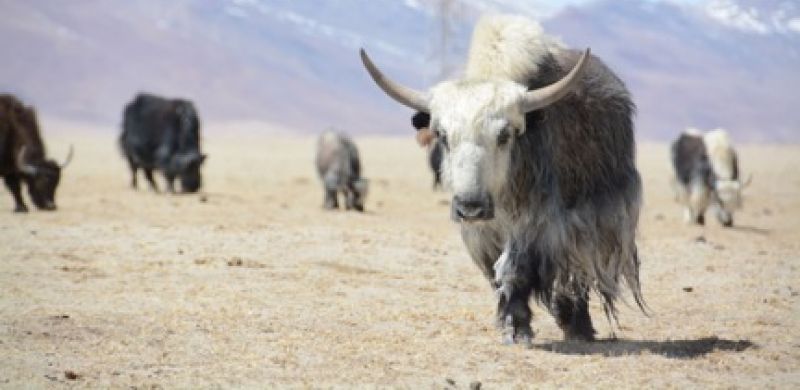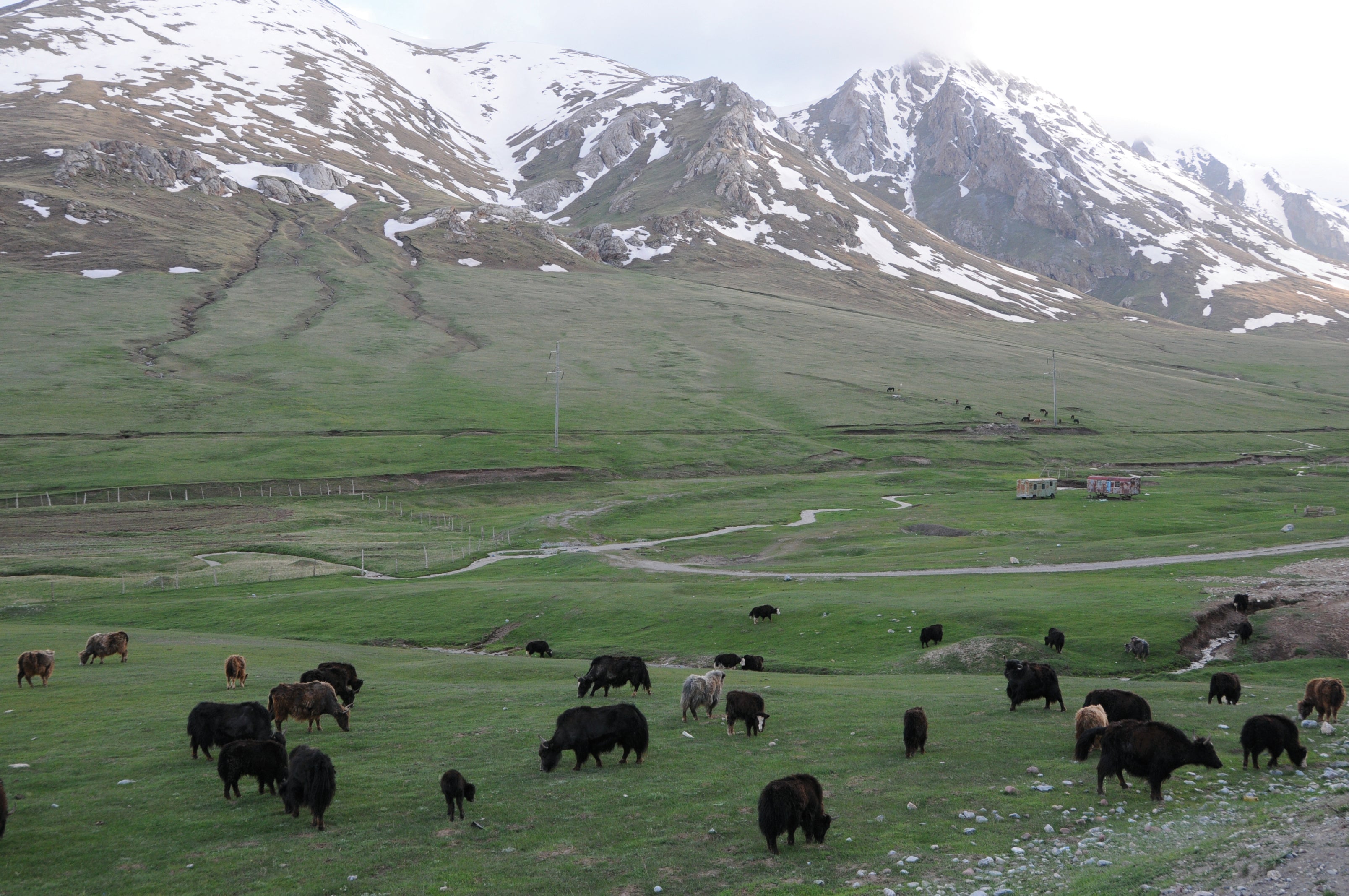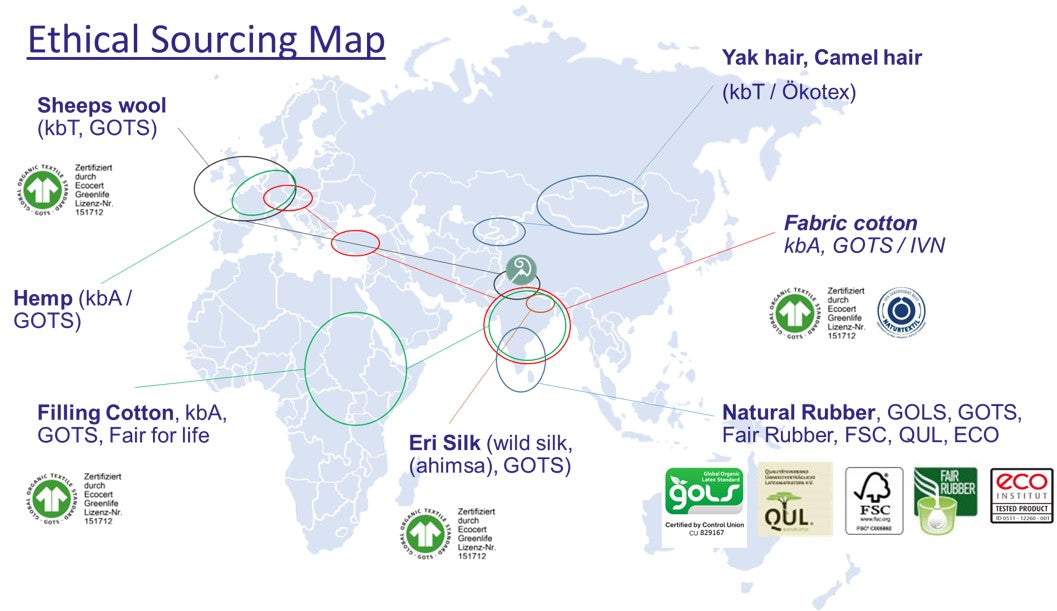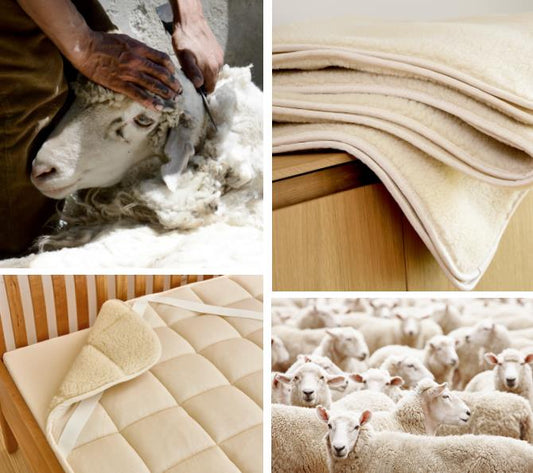Our Raw Materials

above 5000m, Himalana
All natural
Everything you find in our products has grown naturally, with only a few exceptions. This applies to the smallest details. For example, we use buttons made from South American corozo for our bed linen - a particularly robust natural product. The only exception is the zipper. We have not discovered any natural material to replace it yet.

Assam, far east village
Why is this important
Why is this topic so important to us? Natural raw materials have unique and unmatched properties that enable us to manufacture bedding that meets the most varied of sleeping and resting needs. It is just as important to us how natural raw materials grow and under what conditions they are produced. Whether cotton, wild silk, pure new wool, camel down or yak down hair, or latex made from natural rubber: all of these materials are renewable. They are the natural counterpart to the petroleum-based materials and fibers used in the petrochemical industry.

Health and safety
Our products are healthy. They are healthy for our customers. They are healthy for the farmers who do not have to deal with toxic substances when growing organic cotton or when handling their sheep. And doing without artificial fertilizers, pesticides and herbicides in organic farming is good for the environment. That is why a direct, continuous and long-term relationship with the people who manufacture the raw materials for our products is very important to us.

Organic supply chains - everywhere
As part of our partner concept, we actively promote and support the conversion to and certification of organic farming and animal husbandry: we had been the first to achieve organic certification for a flock of sheep in the Indian Himalayas.

Eri-Silk from Assam
Eri Silk
silk is an exquisite material that is obtained from the cocoons of silkworms. Wild silk is light and airy. It can absorb a lot of moisture and still feels pleasantly dry - the perfect material for light summer blankets and for people who like it cooler or like to sleep in warm rooms.
We use so-called Ahimsa wild silk for our blankets, under-beds and toppers. The name comes from the Indian word ""Ahimsa"", which literally means ""not to hurt"". This is a sericulture in which the silk thread is only ""wrapped"" from the cocoon after the butterfly has hatched from it. In this way, no damage is done to the caterpillars. The cocoons are damaged by the hatching of the butterfly and the silk thread that can be unreeled is much shorter than that of cultured silk. The extraction and processing of the silk thread is therefore more complex, but it goes without saying that the caterpillars must not be killed during the silk extraction. Prolana only uses golden-brown wild silk, which is particularly suitable for filling blankets thanks to its high fill power. We process the original silk into an airy fleece, which is then used in an exquisite satin cover such as our Siena wild silk blanket, for example.

Natural Rubber from Sri Lanka & India
100% organic & Fair Trade Natural Rubber
Our mattresses are made from 100% natural, plant-based raw materials. The most important of these is rubber.
Natural rubber is extremely durable and flexible. We don't just use it for the cores of our mattresses and toppers. It is also used in our special pillows. Pillows with natural latex flakes are particularly suitable for everyone who has problems with the neck or who are allergic to pet hair and house dust.
People generally use the term latex mattresses for chemically manufactured products as well. Since we only use the pure raw material from certified and fairly traded cultivation, we speak of natural latex for a better differentiation. The rubber tree gives us this valuable material. The rubber obtained is cleaned, concentrated and poured into moulds. The subsequent vulcanization process gives natural rubber its extraordinary flexibility and point elasticity. Incidentally, rubber trees absorb more CO2 than any other plant. Even tropical rainforests cannot compete with rubber growing areas in this regard.
Pure natural latex cores are particularly suitable for side sleepers, because the entire body is always positioned in the correct anatomical position. Shoulders and hips can sink in at certain points, the body is evenly supported, the spine is straight, and the intervertebral discs and muscles can relax. For those who prefer a firmer mattress, we combine the natural latex layers with supportive, breathable coconut latex.

From India & Sri Lanka
Coconut Fibres
In many mattress cores we also use coconut latex layers in addition to pure natural latex. These ensure a point surface elastic feeling when lying down.
Pure natural latex cores are point-elastic. They are particularly suitable for side sleepers, because the entire body is positioned in the correct anatomical position. For everyone who sleeps on their back or stomach, we combine the natural latex layers with supportive, breathable coconut latex. The firmness is achieved with one or two layers of coconut latex. In this coconut latex layer, the pressure is distributed over a larger area. The mattress becomes firmer, but remains elastic. The higher the proportion of coconut latex layers, the harder the core.
We extract the coconut fibres from the shell of the coconut. The natural fibers are dried in the sun and then twisted so that they get a wavy, almost frizzy structure. Laying out in strips and thinly sprayed with natural latex, a flexible but firm coconut latex mat is created after vulcanization.
We offer pure coconut latex mats for small children: These should be a little firmer, as their muscles are not yet so well developed and the spine needs firmer support.

From Tanzania, Uganda & India
Cotton
Hardly any of our products can do without cotton at all. Whether as a cover for our mattresses, as a washable cover or as a filling for our blankets: cotton looks pleasantly fresh and soft in every season of the year.
Cotton is a purely plant-based natural product and is therefore vegan. Its fiber structure makes the fabric skin-friendly. Cotton looks pleasantly cool and soft and is therefore particularly comfortable for people who warm up quickly or who have sensitive skin. It is also breathable and can absorb almost a quarter of its own weight in moisture without feeling clammy. Cotton fabrics are very hard-wearing and they don't mind frequent washing. Our cotton blankets are washable up to 60 ° C and are therefore also suitable for people with allergies to animal hair or house dust mites.
Prolana only uses cotton from certified organic cultivation, which is produced without the use of chemical-synthetic fertilizers and pesticides. Genetically modified seeds are also taboo when it comes to organic cotton. We also process almost exclusively fair-trade cotton: In a few exceptional cases, the processing technology requires a specific yarn that is available as an organic product, but not from fair trade.
Our most important partner for fair trade organic cotton is ""Fair for Life"". The common goal is: excellent cotton quality from certified organic cultivation, fair trade. We support the producers in organic farming and help them to improve their living conditions.
Prolana is checked annually according to the GOTS & IVN BEST criteria. Processing in GOTS-certified companies guarantees that only paints and other auxiliary materials are used in further processing that have previously been checked for their environmental compatibility. In addition, random samples of the finished fabric are regularly subjected to an independent residue check.
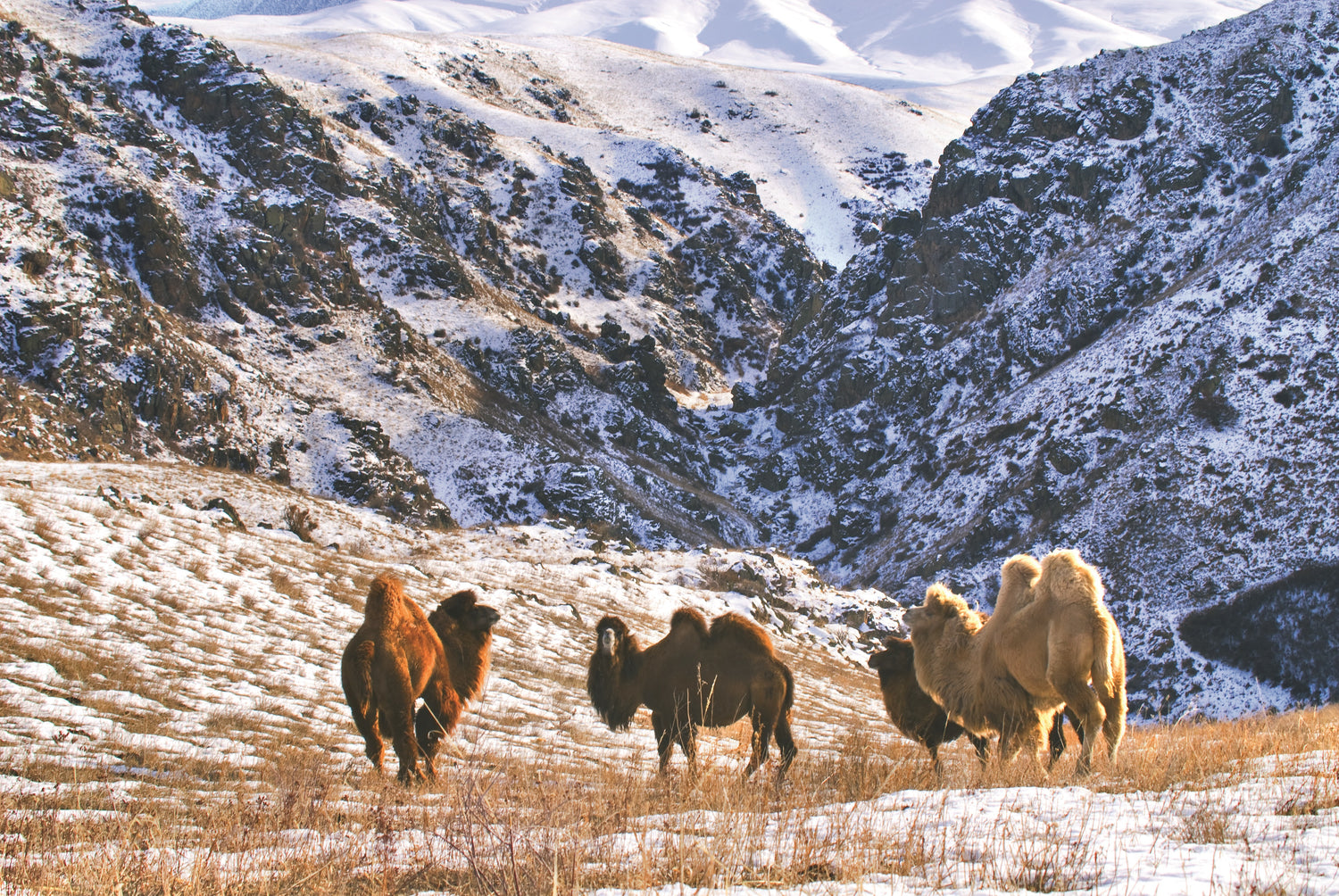
From Mongolia & Kyrgyzstan
Camel down hair
Camel down hair is the name given to the fine, very curly under-hair of the two-humped camels living on the plateaus of Mongolia or in other steppes of Central Asia. They have a coat that consists of dense, relatively coarse outer hair and fine under hair - the downy hair. This particularly soft precious hair is characterized by excellent climatic properties.
Camels can withstand hot summers and long, freezing cold winters. The fine, curly under-hair of their winter fur traps air, which is warmed by the body and thus acts as a buffer against the cold outside temperature. In spring, the under hair falls out in tufts, the animals neither have to be sheared nor combed. Due to its rarity, softness and delicacy, the downy hair is often mixed with pure new wool. But we also use it as a pure fiber without any admixture. This particularly soft camel down hair is characterized by its excellent climatic properties: it can absorb a lot of moisture and dissipate it to the outside very quickly. This creates a comfortable, dry sleeping environment. Bedding with a filling of camel down hair is ideal for everyone who likes it warm, cuddly and light at the same time.
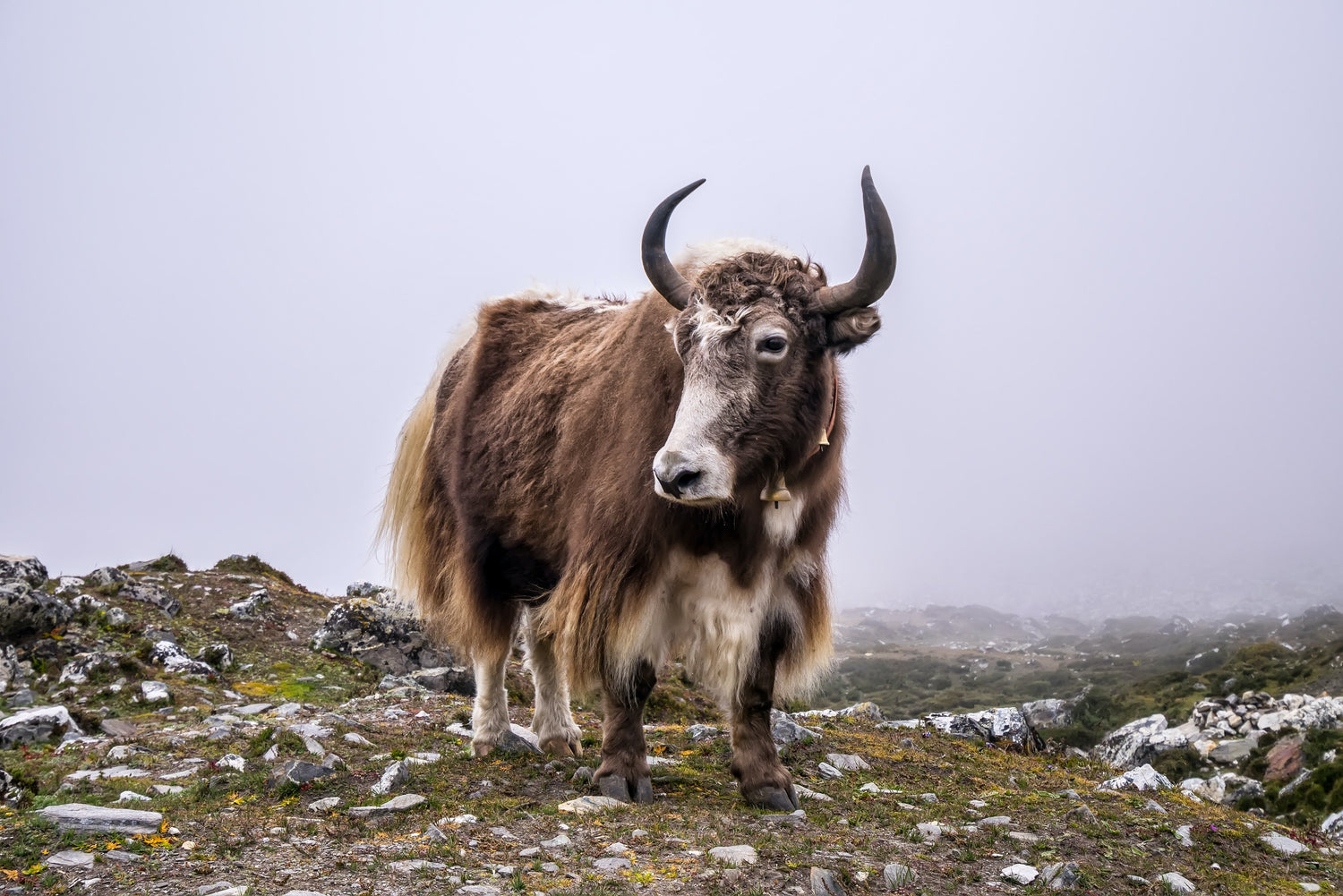
From Mongolia & Kyrgyzstan
Yak down hair
Light and super warm - this is the kind of wool that yaks need. Their home is the high plains of Central Asia. Their thick, multi-layered brown or black fur is perfect for the harsh climate that they have to endure all year round.
In Ladak, the northernmost and highest state of India, the yaks graze, looked after by shepherds and their families. On the high pastures (4000 m and higher) there is almost always a harsh cold wind, even in summer. The long outer hair of the yaks reaches almost to the ground. Underneath there is fine, curly under-hair, which can keep in a lot of warming air and thus form a natural insulation. This downy hair is the perfect comforter filling for anyone who needs a lot of warmth and wants to cuddle up in a light, fluffy blanket. The yaks lose their fur when they naturally switch from thick winter fur to slightly lighter summer fur. As a rule, it is combed out by the shepherds, and occasionally yaks are also sheared. Approx. 300 - 500 g of the fine under-hair are obtained per animal each year.

From the Svabian Alb, to UK, to Central Europe & the Himalaya
Pure new sheep's wool
Pure new wool warms well, regulates moisture and ensures a pleasant, dry sleeping environment. Prolana only processes pure new wool from controlled organic animal husbandry - it currently comes from Germany, France, Switzerland and Great Britain.
We use pure new wool in many products. For example, as a coating for mattresses and toppers or as filling material for under-beds, blankets and pillows. Wool has a puffy volume and good warmth, absorbs a lot of moisture and - thanks to its wool fat - has a natural cleaning effect. Protection, warmth and a sense of well-being, as offered by wool, have been valued by people all over the world for thousands of years. Sheep not only preserve our cultivated landscapes and protect them from desertification - they can also cope with high temperature fluctuations. It has to do with the structure of their wool. The crimped wool fibers enclose an air cushion through which the wool can store or dissipate heat. They can absorb about a third of their weight in moisture and quickly release it into the air. The fur ensures that the sheep neither get too cold nor too hot. Some sheep are out on the pasture all year round and can withstand snow and frost. The wool obtained after shearing retains these temperature-regulating properties, also ensuring that pure new wool is perfect for summer. The wool hair is self-cleaning thanks to the natural wool fat lanolin - outside airing is usually sufficient.
Sheep farming has a very long tradition. In many regions - from the Swabian Alp to the hills of Wales or Ireland - sheep farming and wool production are important sources of income. Controlled organic animal husbandry is, above all, species-appropriate husbandry, feed from certified organic cultivation and pasture areas managed according to the criteria of organic farming. There are strict requirements for this, compliance with which is regularly checked by independent, state-approved control organizations. Sheep pastures are usually neither chemically fertilized nor sprayed with pesticides, but in conventional sheep farming the animals are often treated preventively with medication or they are regularly given immersion baths to which drugs and chemicals are added. Such practices are not permitted in controlled organic animal husbandry. Organic sheep farmers have to understand relationships and find creative solutions to keep their animals healthy. One of our partners keeps sheep and beef cattle, which he keeps alternately on his pasture: one year the cattle will be grazing, the next year the sheep will be on this pasture. The reason? Cattle and sheep like different grasses, the cattle fertilize the pasture vigorously and the sheep graze on plants near the roots and thus destroy the habitat of many parasites that would cause problems for the cattle in the following year. This simple but well thought-out rotation principle keeps sheep, cattle and pasture healthy.

